How Victorian Brooklyn Celebrated Turkey Day
Thanksgiving in America has always been a rather strange combination of festival, food and frolic. We watch colorful parades in the morning, stuff ourselves in the afternoon and then retire to our couches to watch two teams of modern gladiators beat each other silly for the prize of a silver trophy. Traditions have evolved since…
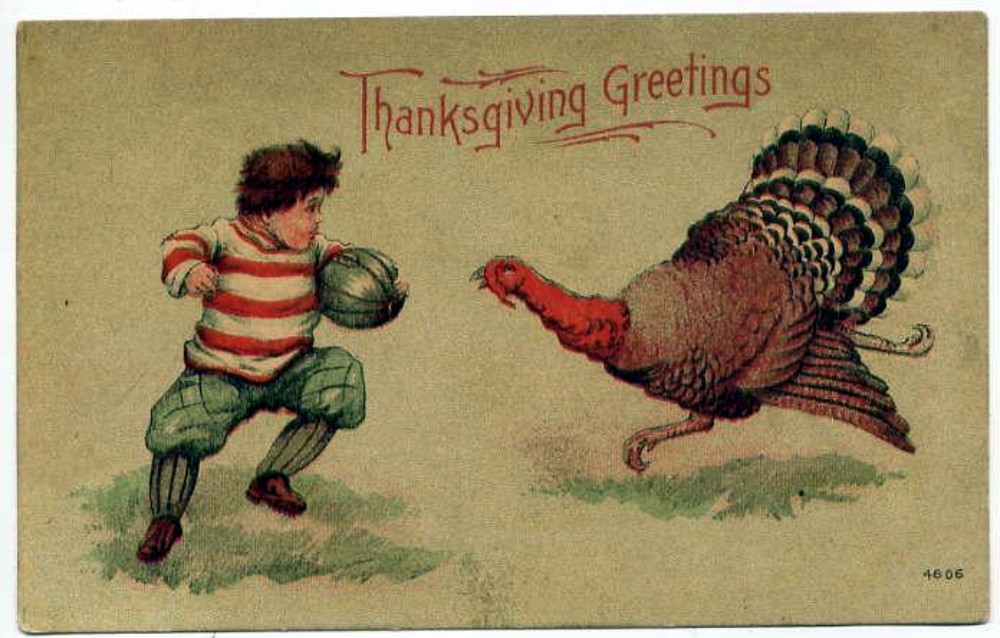
Thanksgiving in America has always been a rather strange combination of festival, food and frolic. We watch colorful parades in the morning, stuff ourselves in the afternoon and then retire to our couches to watch two teams of modern gladiators beat each other silly for the prize of a silver trophy.
Traditions have evolved since Thanksgiving became a national holiday in the 1860s, but the sentiment has remained the same. Here’s how late-19th-century Brooklyn celebrated, with massive feasts and costumed Fantastics.
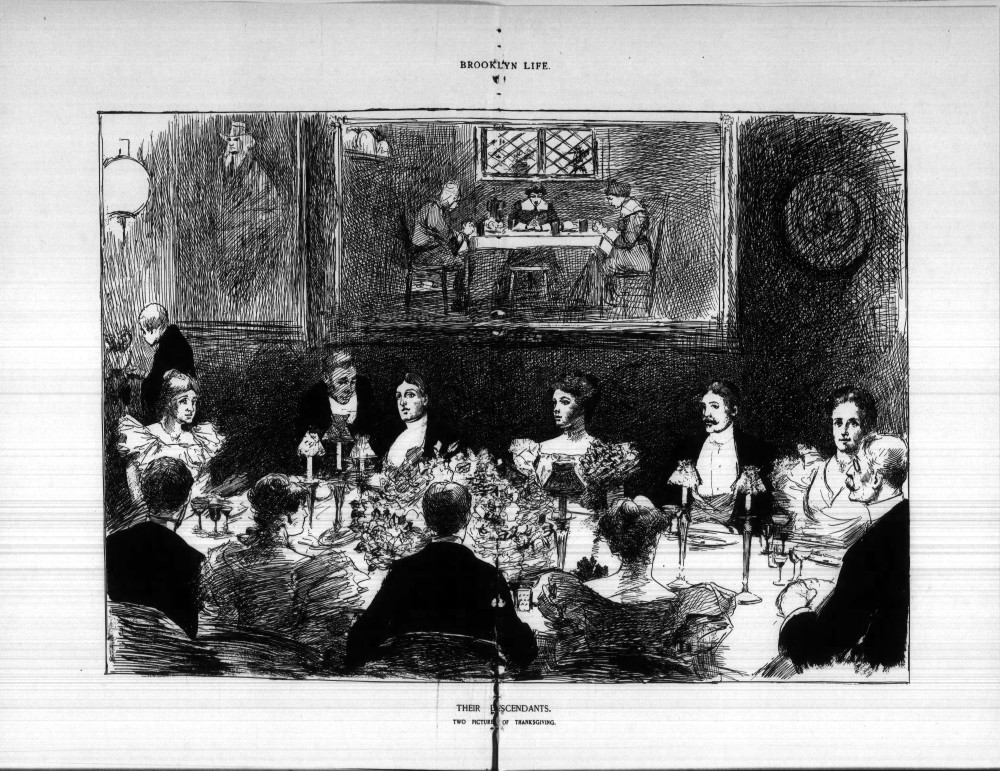
The History of Thanksgiving
The story about the Pilgrims and the Wampanoag people sitting together on benches at long trestle tables passing the turkey and gravy is a fine tale and a great lesson for children — but it probably never happened.
Modern American Thanksgiving, like many of our holiday traditions, was a mid-19th-century Victorian invention.
Before that time, a harvest feast with family and friends was a tradition in New England, with its Pilgrim traditions and legends, but it wasn’t yet a nationwide holiday.
In 1849, Sarah Josepha Hale, the editor of Godey’s Magazine, the most popular woman’s publication of the day, started a mass-mailing campaign to members of Congress and other elected officials.
Mrs. Hale, worried that the Civil War was inevitable, was encouraging a national feast day, where people could come together and forget their differences. She called it “The Great American Festival of Thanksgiving.”
The Civil War commenced anyway, but she managed to convince President Lincoln to declare a national day of Thanksgiving in 1863.
Lincoln thought it could celebrate America’s bounty and the nation’s blessings from God, that the holiday would bring families together physically, something that was becoming rare in the late-19th century, where people were migrating to cities, often far from their rural roots. This was especially true for upwardly mobile people in cities like Brooklyn.
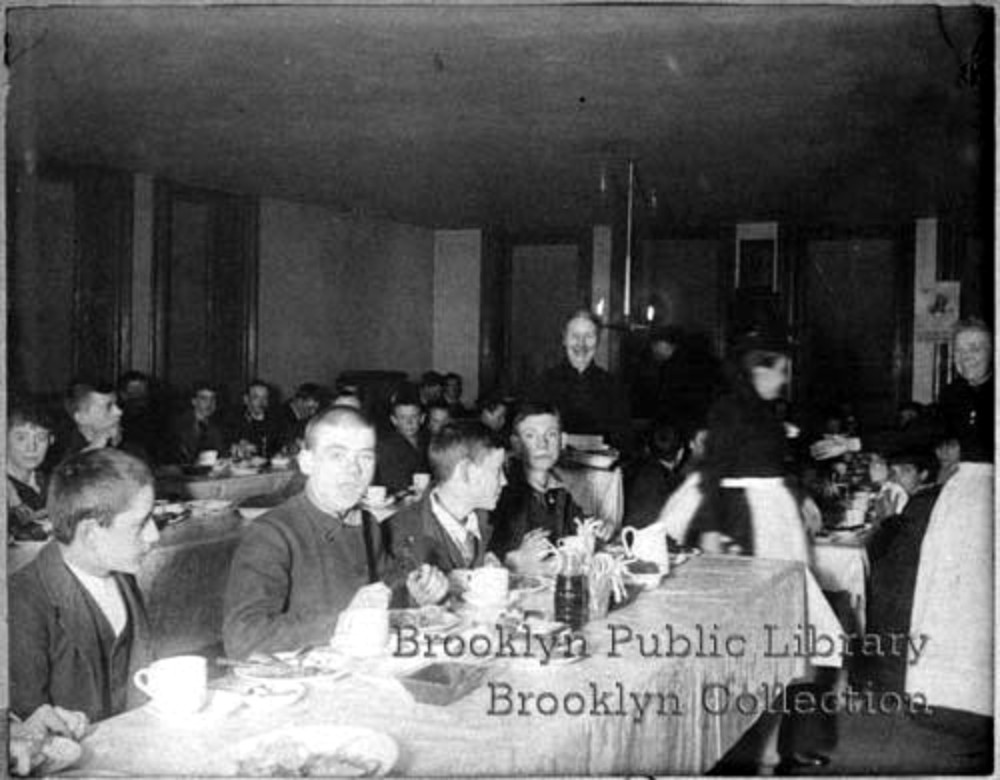
Thanksgiving in Late Victorian Brooklyn
As the 19th century proceeded, preparations for this feast of prosperity increased, soon taking over the entire day of Thanksgiving. For the Victorians, like us today, Thanksgiving was all about the food.
It wasn’t all gluttony, however. Thanksgiving in Brooklyn in the late-19th century was a time of great generosity by religious organizations, civic charities, businesses and individuals.
Even the most hardened of hearts could appreciate the look of awe on an orphan child’s face when more food than they had ever seen was carried to their tables, and they were allowed to eat their fill.
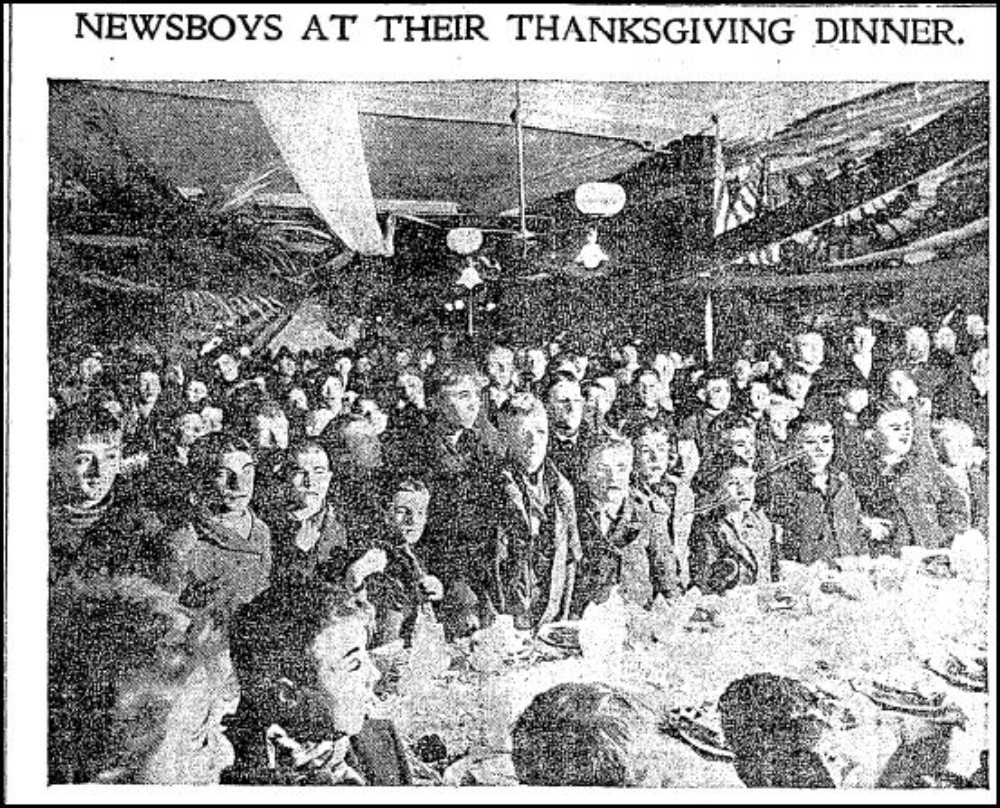
Brooklyn’s Daily Eagle always listed the city’s Thanksgiving activities, and there were a lot. In 1887, for example, almost every church and temple in Brooklyn fed the hungry. All of the orphanages had huge feasts, the food or money for it donated by Brooklyn’s people and businesses.
Even the prisons and almshouses had a Thanksgiving dinner, the “undeserving,” as it was reported, receiving the charity of their betters. Hardly anyone went without this one day of the year.
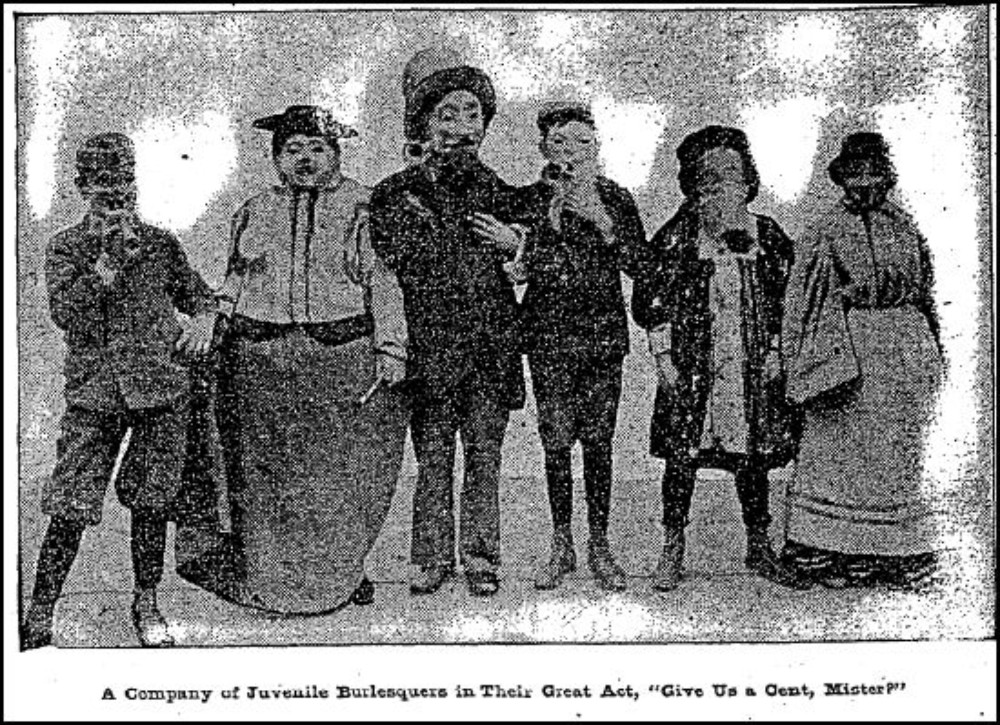
The Fantastics
While the day may have been all about the formal feast for the wealthy, Brooklyn’s lower classes were taking the rare holiday to have some hijinks and fun. And what’s more fun than cross-dressing and harassing the rich folks?
The tradition of the Fantastics — or Fantasticals — is an old one, popular in America since the American Revolution. The practice probably came from the English Mummers. That goes back to the Middle Ages.
Men and boys would dress up, often in women’s clothes, wigs, tattered rags and outlandish costumes, and cause mischief, purposely taunting authority and speaking their minds on social and other issues. The children went from door to door, collecting fruit, candies and cakes.
It was Halloween combined with Guy Fawkes Day. It was the one day of the year that one could, without reprisal and with the anonymity of a mask, stick it to The Man.
Groups of Fantastics would stage impromptu parades and roam the streets, banging on drums and on doors, demanding food and candy. For the older revelers, a lot of drinking went along with the merriment.
More than just the working classes participated; this was an especially popular event for well-to-do young men.
After a morning of this, everyone drifted back home to eat, and then perhaps take in a sporting event. Bicycle races by the many wheelmen’s clubs were popular, as were college football and baseball.
Sounds pretty familiar.
The Brooklyn Eagle noted in 1896 that the Fantastics were dying out. For some reason, cross-dressing by drunken men and boys wasn’t as popular anymore. Even the smaller children had given it up. Perhaps it was because Thanksgiving was only the opening act.
By the turn of the 20th century, there was nothing more powerful and alluring than the hype and possibility of the largest commercial enterprise in the free world — Christmas! And harkening back to the Fantastical parades of old — the Macy’s Thanksgiving Day Parade. Who knew?
Happy Thanksgiving!
Related Stories
9 Ways to Give Back in Brooklyn This Holiday Season and Beyond
Walkabout: Celebrating Thanksgiving
Walkabout: Mrs. Sittig’s Christmas









Thanks so much for this article. Like Bob Marvin, my parents – my mother is 90 and my father would have been 91 – vividly remembered getting dressed up – though NOT crossdressing – on Thanksgiving to ask for “anything” At the time, basically the 1930’s, this was the main “trick-or-treat” like event, at least in Greenpoint. Halloween mostly involved more rowdy activities. Even in the late 1950’s, you would still see an occasional group of costumed youngsters asking for money – or anything else – on Turkey Day. This, however, died out pretty soon after that, as the more commercial Halloween occupied the field.